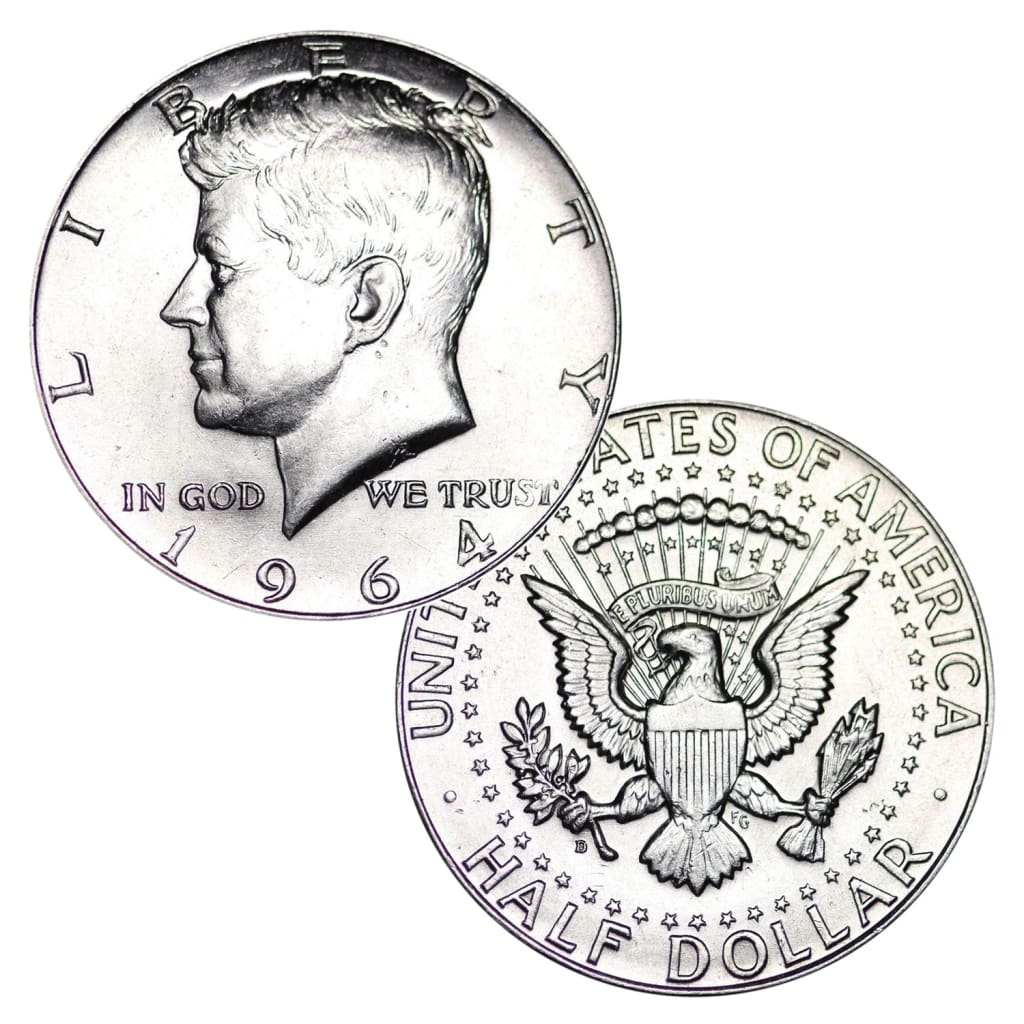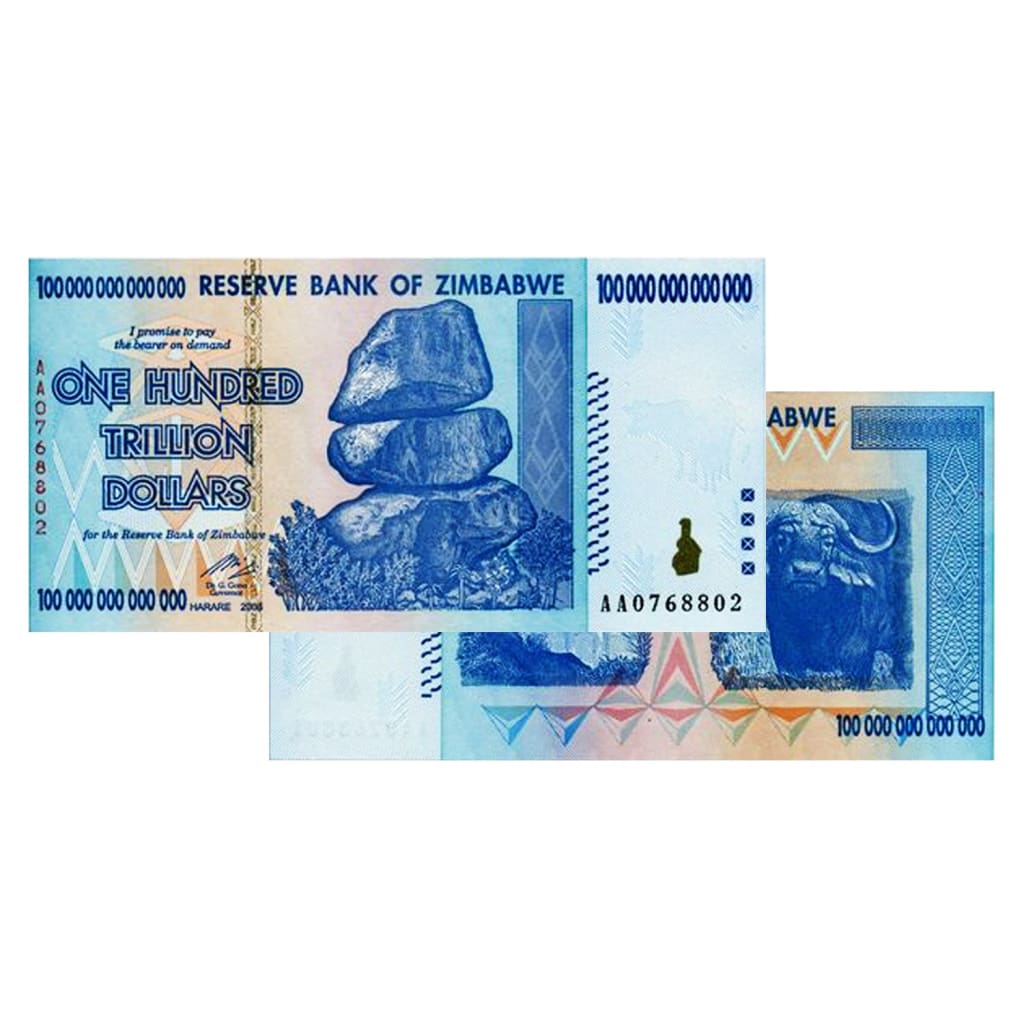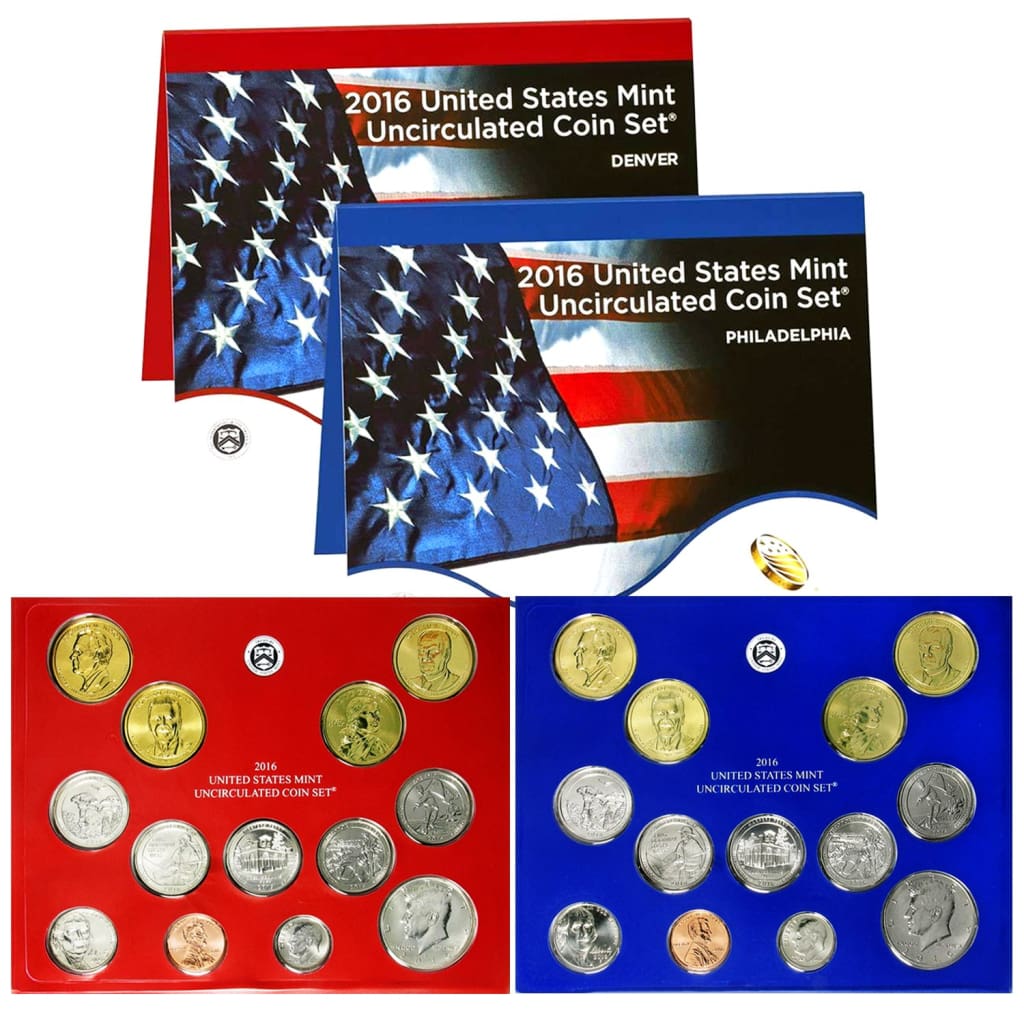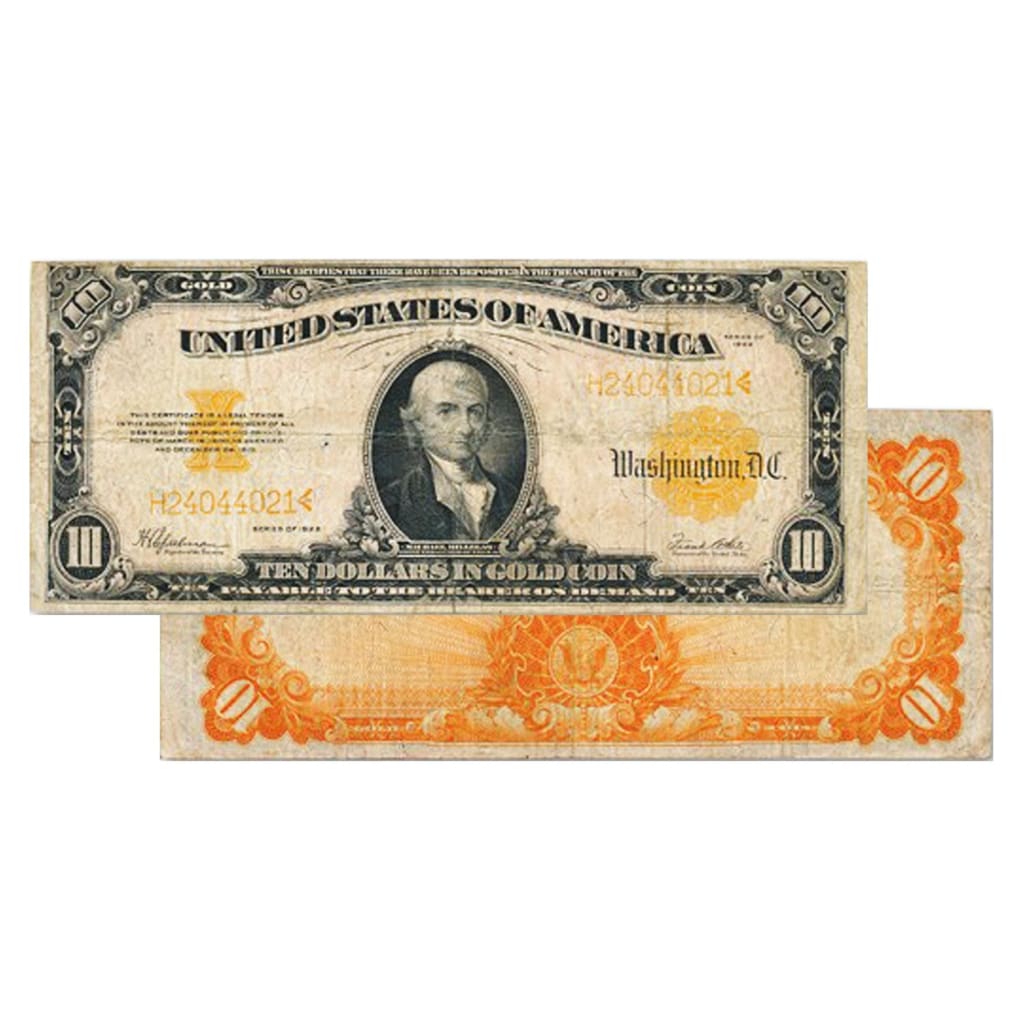The Morgan silver dollar; one of numismatics most sought after coins. However, this beautiful coin didn’t always have the immense amount of interest it does today, in fact, at one point it was completely ignored due to silver prices and the rarity of its use. But, we’re getting ahead of ourselves, let’s take a walk down memory lane and see how this iconic coin came into existence, and the reason why, despite how old these coins are, they still remain in such pristine condition.
The Morgan Dollar’s Political Beginnings
Politics is what brought the Morgan dollar into being, not public demand. The previous silver dollar had been legislated into oblivion and it was not missed at all by the public. What brought the silver dollar back into existence was the silver lobby pushing for its return. In 1878, Richard ‘Silver Dick’ Bland of Missouri along with other representatives funded by the silver industry, got the Bland-Allison act passed which authorized the minting of a new silver dollar. The act made the US Treasury purchase two to four million troy ounces of silver bullion (at market value no less) every month to be coined into dollars.
In November of 1877, about four months before the Bland-Allison act was passed, the treasury began to make designs for a new dollar coin. Mint Director Henry Linderman ordered Chief Engraver William Barber, father of the famous Charles Barber, and his assistant, George Morgan, to begin making patterns that would be used for the new coin. Morgan’s design won due to Linderman fixing the contest in Morgan’s favor since he was disappointed in the previous work of William Barber and his son Charles. Morgan recruited Philadelphia school teacher Anna Willess Williams to pose for the new design.
The “Buzzard Dollar”
Morgan’s new design featured a left facing portrait of Lady Liberty, with the reverse depicting a rather emaciated looking eagle which led to the coin being nicknamed the, “buzzard dollar” by its detractors. Like most coins of this era, this coin wasn’t without its issues. Soon after production began, someone advised the US Mint that the eagle should have seven tail feathers instead of the eight that were currently being shown on the coin. Morgan made the correction, however, this is the reason why some of the coins from the 1878 series have eight tail feathers instead of seven.
More than half a billion Morgan dollars were struck between 1878 to 1904, with production taking place at the Philadelphia mint along with New Orleans, San Francisco and Carson City. The coin returned briefly in 1921 under the terms of the Pittman act and another 86 million examples were produced at the Philadelphia, San Francisco and Denver mints.
The Cinderella Morgan Dollar
Overall, 657 million Morgan dollars had been produced in 96 different date-and-mint combinations. However, a very large portion of these had been melted down over the years by the government under the Pittman Act and the Silver Act of 1942. Despite all of this melting, Americans still had more than enough Morgan Dollars for their everyday use. Because the Morgan was mainly circulated in the western part of the US, huge stockpiles of the coin remained in the US Treasury’s vault, and in private banks nationwide, which is why so many of them are so well preserved, because they saw very little to no use during their circulation.
Even when numismatics began to grow in popularity as a hobby during the 1930s, interest in other collecting areas far outpaced that of the Morgan dollar, mainly due to the high cost of silver at the time, and that the lower face-value coins that were readily available through circulation. Interestingly though, in the late 1930s someone discovered a large store of these coins in the Treasury Department’s cash room, and was paying out the uncirculated Carson City coins which had a market value of $5 or more at the time.
Truly, the coin didn’t begin really gaining popularity until the 1960s and is now one of the most pursued and desired of all classic US coins. Although many collectors find the challenge of assembling a complete date and mark set in Mint State compelling, others satisfy themselves with collecting one per year. Me, I have some dollar coins I need to sift through.





